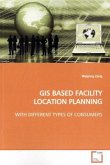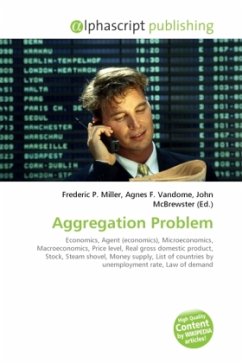Estimating the number of individuals who may see or hear an advertisement and the number of times these individuals will be exposed to the advertisement is a foundation of advertising management. A reach and frequency exposure estimation model is one method that provides this information, which is fundamental to effective media decision making. The main purpose of this study is to explore a new sequential aggregation media exposure model that resolves some inherent limitations and improves accuracy of available non-proprietary media models. To accomplish this purpose, first, seven previously developed exposure distribution models were compared against the newly developed model, the Canonical Sequential Aggregation (CSD). Then, eighteen CSD variations were developed to find out the effects of aggregation order utilizing the same canonical expansion reach formula but different aggregation orders by the size of audience variables and ways of aggregation. In total, twenty-six media exposure distribution models were evaluated against U.S. Web audience behaviors based on 560 tabulated random schedules from 2003 comScore data.
Bitte wählen Sie Ihr Anliegen aus.
Rechnungen
Retourenschein anfordern
Bestellstatus
Storno








